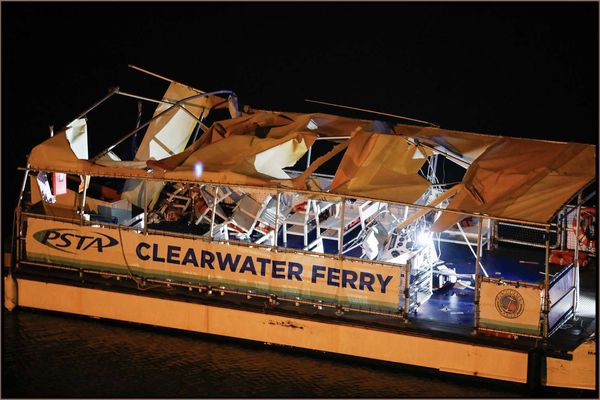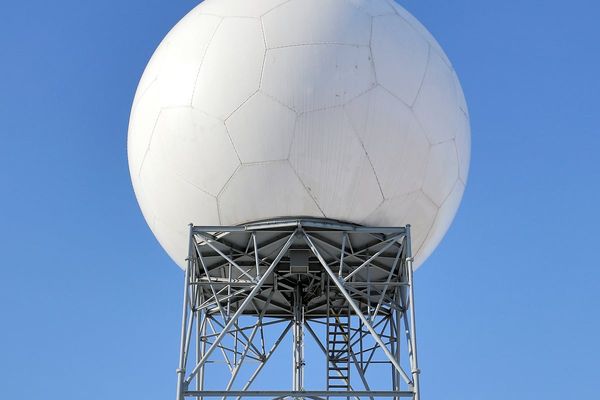An uncommon experiment with Africa’s Boma technique undertaken at Keoladeo National Park in Rajasthan’s Bharatpur district for capturing and translocating spotted deer is set to improve the prey base in Mukundara Hills Tiger Reserve, situated 450 km away. The move will lead to herbivores populating the forests ahead of the proposed shifting of two tigers to Mukundara.
The Boma capturing technique, which is popular in Africa, involves luring of animals into an enclosure by chasing them through a funnel-like fencing. The funnel tapers into an animal selection-cum-loading chute, supported with grass mats and green net to make it opaque for animals, which are herded into a large vehicle for their transport to another location.
This old technique was earlier utilised to capture wild elephants for training and service. Following its adoption in Madhya Pradesh in recent years, Boma has been put to practice for the first time in Rajasthan for sending the ungulates to the prey-deficient Mukundara reserve as the kills for tigers and leopards.
The National Tiger Conservation Authority’s (NTCA) technical committee has approved a proposal to shift two tigers from Ranthambhore National Park to Mukundara, which lost two tigers and two cubs in 2020 and is now left with an eight-year-old tigress. The reserve, spread across 759 sq. km area, was created with the portions of Darrah, Chambal and Jawahar Sagar wildlife sanctuaries in south-eastern Rajasthan.
Six deer shifted
Keoladeo National Park’s director Mohit Gupta told The Hindu that six chitals or spotted deer were shifted with the Boma technique’s adoption in the second week of March. The herbivores were confined without any physical contact in the enclosure spread over 10 hectares for a few days with the management of grass feed and water and their movement was monitored from watch towers.
“Since the spotted deer are weak-hearted animals susceptible to a sudden change in the environment, we modified a large truck for their translocation with the creation of waterbodies, fountain and grass carpet,” Mr. Gupta said. The herbivores reached their destination after a 10-hour-long journey without any casualties, he added.
The national park’s authorities have received another big truck, which is being modified for carrying the spotted deer. Mr. Gupta said both the vehicles would be used for translocating about 150 chitals to Mukundara before the onset of summer by arranging three to four trips every week.
The passive capture of ungulates with the first ever utilisation of Boma technique will make a significant contribution to the prey base management in the State. A similar translocation will be carried out for Kailadevi wildlife sanctuary in Karauli and Nahargarh wildlife sanctuary near Jaipur.
Tourism & Wildlife Society of India (TWSI) secretary Harsh Vardhan said the inadequate prey base in the project tiger areas had led to less breeding success for the felines, while the attempts to center them around a new habitat would depend on the availability of prey. The translocation of herbivores would reduce preying upon rural cattle, sheep and goat around the tiger reserves, he said.
Mr. Vardhan called for maintaining a healthy male-female ratio in the prey base, as the elimination of female animals would result in loss of productivity. “A deer takes six to eight months to give birth and adds to its numbers. Stepping up the prey base has emerged as one of the prime challenges before the wildlife authorities,” he said. (







